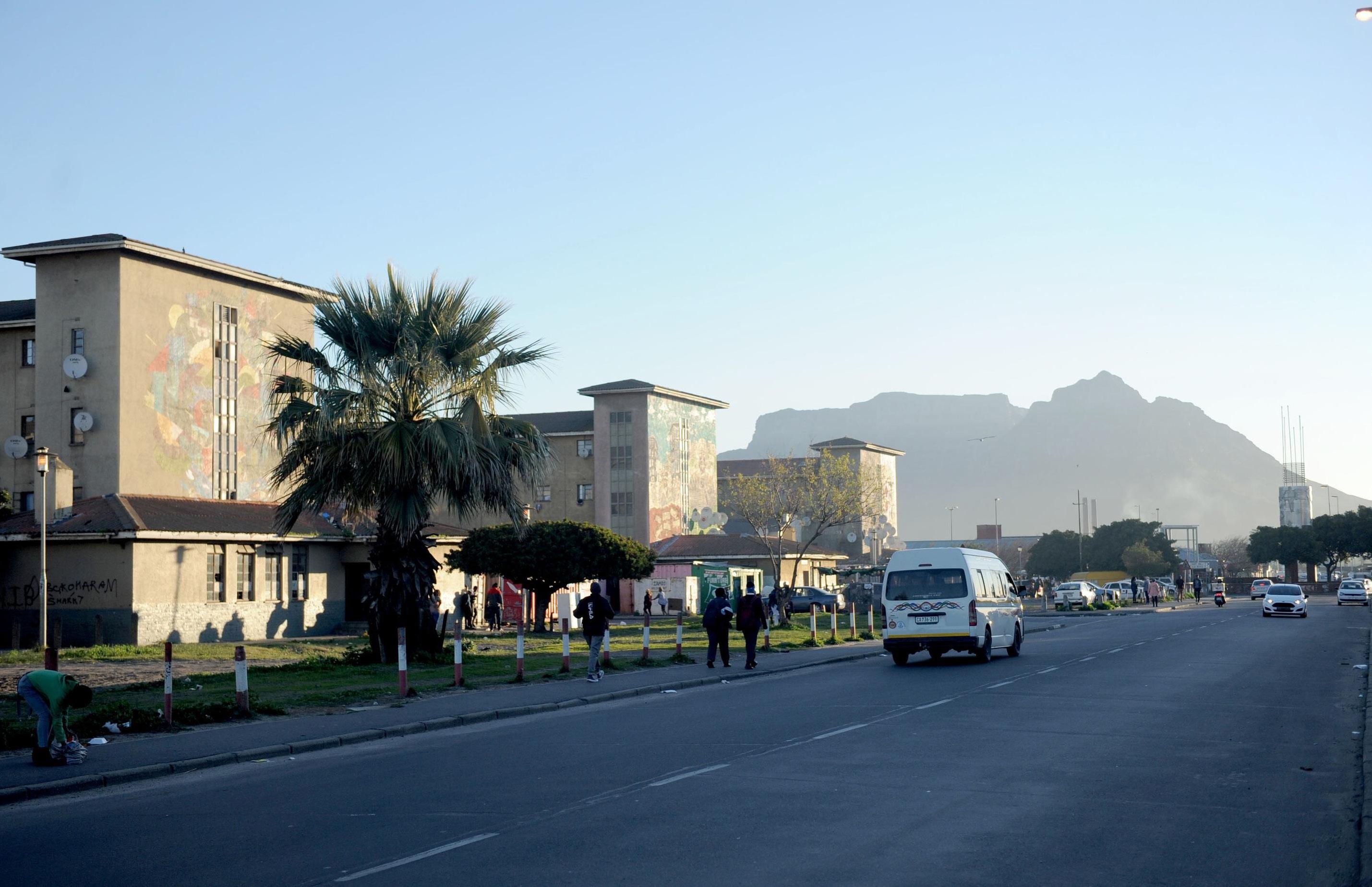
5 minute read
The affordable market is more resilient than we think
BY DARREN FRANCIS
Demand for housing under R1 million is growing rapidly throughout the country

Darren Francis is an award-winning property investor and was the SA Property Investor Network’s Investor of the Year in 2021. Francis also coaches aspiring property investors to make their first million and his book “Failing to my success: A failure’s guide to making millions in the property market”, is due to be released this year. In the book, Francis lays bare his journey from the harrowing ganglands of the Cape Flats to become the country’s top property investor.
THE affordable market, especially properties in the townships for below R700 000, is one of the most underestimated property markets in South Africa.
It is here where I predict we will see massive growth, with it having all the credentials –high demand, affordable and government assistance available –to outperform the more traditional markets.
Looking back over the past three years, South Africa has experienced devastation because of anti-Covid19 strategies, and it has left the South African economy spinning. In the current situation, property experts and academics believe the property market in general will not beat inflation during this financial year.
We are seeing expectation and forecasting for property value growth set at between only 3 and 4%.
However, some of us believe this will vary between various property segments.
The property market in South Africa has seemingly proved to be resilient and has grown despite its many challenges, including the hard lockdowns of 2020 and 2021 that shut down the industry for business.
Rapid urbanisation is one of the things that will bump up the affordable market as people seek better opportunities and to contain their spend.
Urban population has, in fact, been growing, on average, by 2% a year for the past decade, and it is estimated that by 2030, 71% of South Africa’s population will be living in urban areas and cities, according to the Centre for Affordable Housing Finance in Africa (CAHF).
Provincially, we have seen a rise in semigration from other provinces to the likes of the Western Cape, Cape Town in particular, and other coastal cities, in the hopes of finding better opportunities.
Cape Town’s unemployment accounted for only 26% versus the much higher national average.
The uncertainties of prolonged and further interest rate hikes –another one of 25 basis points is expected later this month – growing inflation, the war between Ukraine and Russia, next year’s national general elections in South Africa and diplomatic tussles have left many in limbo and rightfully worried about the bleak future facing us today.
Despite the challenges, I believe growth in the national property market will continue.
Conventional wisdom in the property industry believes that every 20 years, there will be an upturn in the property market. But with growth being average over the past few years, we have not seen this upturn as before in the “known affluent market”. In the 1980s and 2000s, we saw significant growth in the property sector. But the country is still to face the next upturn cycle, which was supposed to be 2020 but Covid-19 stifled this.
The anticipated upturn in property could, however, be experienced in the affordable market as the need for housing under R1 million is growing rapidly throughout the country.
The evidence is seen in the growth in urban areas and surrounds. The CAHF indicated that most households (83% in 2021) live in a formal dwelling in metropolitan areas and 15% in informal dwellings.
In 2021, nationally, 69.7% of households owned their home and 18.7% rented.
The kasi (informal settlements) phenomenon of micro rental units and the ever-increasing backyarder growth has escalated and has become a vital informal strategy to the housing demand.
For years, the affordable market has been experiencing critical housing shortages, thus property has become big business in these areas.
The sector offers so much and will become profitable for many local investors. It has the potential to beat inflation.
But who is funding the informal sector? Why is there such a reliance on this particular sector?
We have seen the likes of DAG, THUF and other financing companies assisting people living in the townships helping to formalise housing. It has created many opportunities in this market.
The conventional market also puts many South Africans outside the government subsidy/FLISP programme.
Property values of R600 000 and more and/or people earning more than the R22 000-household income bracket fall out of the help of Flisp.
The rental market will also continue to grow as professionals seek accommodation and semigration grows, increasing the demand for more rentals across the country and making the buyto-let market potentially thrive. Soaring interest rates and political instability will increase chances of the rental market expanding rapidly over the next few years.
The affordable market will attract more formal investment and become a significant player in the property market.
From an investor point of view, to make money here you need street smarts. You need to understand how things work in the areas and need practical solutions to solve everyday problems in this market.
At its best, the market is known to offer as much as a 30 to 40% return on investment, while decreasing the capital outlay as opposed to the more affluent areas.
Case in point: property prices have grown exponentially in this market in the past decade.
The value of an average three-bedroom property purchased in Mitchells Plain in 2009 for R340 000, has today grown by more than 300%.
It is clear the upturn has already been experienced in the market. The market has changed over the years and there is lots of room for growth and opportunity in these areas.
Watch this market, and if you can, invest in it.



